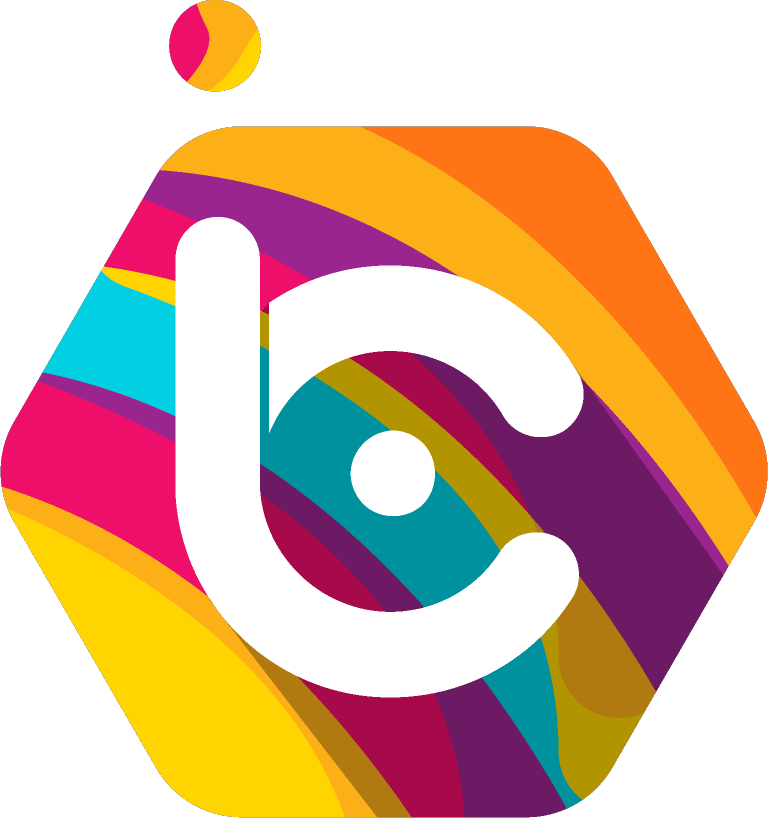Over the past decade, the mobile application landscape has undergone rapid transformation, influencing not only how users interact with technology but also how developers build and optimize apps. From humble beginnings with simple single-developer projects, the ecosystem has expanded into a complex industry that creates a multitude of specialized jobs. Understanding this evolution offers valuable insights into current employment trends and app development strategies.
Table of Contents:
- The Foundations: How the App Store Changed the Nature of App Development Jobs
- The Role of Platform Policies in Shaping Developer Opportunities
- App Size Optimization: From Constraints to Opportunities
- Educational Analysis: The Interplay Between App Size, Functionality, and User Engagement
- Cross-Platform Development and Its Impact on Job Markets
- Future Trends: How Ongoing Platform Changes Will Shape Jobs and App Sizes
- Conclusion: Navigating the Evolving Landscape of App Development and Employment
The Foundations: How the App Store Changed the Nature of App Development Jobs
The launch of the Apple App Store in 2008 marked a pivotal moment in mobile technology. It transitioned app development from individual hobby projects to a mainstream industry, prompting a significant shift in job roles and skills. Early apps were often built by solo developers or small teams, focusing on straightforward functionalities. However, as user expectations grew and platforms matured, the complexity of applications increased, necessitating larger, more specialized development teams.
This shift led to the emergence of roles that were previously rare or nonexistent. Now, teams routinely include UX/UI designers, data analysts, security specialists, and quality assurance testers. For example, developing a fitness app with personalized coaching features requires collaboration across disciplines—designers craft intuitive interfaces, data analysts interpret user data, and security experts ensure data privacy compliance. This evolution has broadened employment opportunities and demanded new skill sets.
Platform-Specific Requirements and Skills Development
Platform policies, such as Apple’s strict guidelines for app functionality and security, have further shaped the job market. Developers must now acquire skills in platform-specific languages like Swift and Objective-C, as well as understand strict guidelines for privacy and user experience. The availability of resources and training programs has increased, enabling a more diverse workforce equipped to meet these evolving standards.
The Role of Platform Policies in Shaping Developer Opportunities
Platform policies directly influence the types of apps that are feasible and profitable, thereby impacting employment. For instance, Apple’s introduction of App Tracking Transparency in 2021 compelled developers to rethink monetization strategies, creating demand for expertise in privacy-compliant ad integrations and data management. Similarly, supporting multiple languages—such as the App Store’s support for over 40 languages—requires localization specialists and culturally aware designers, expanding employment across regions.
Looking at other marketplaces like Google Play, the support for diverse device profiles and markets has led to a globalized development workforce. Companies now often employ multilingual teams capable of tailoring apps to specific markets, resulting in a geographically dispersed job landscape.
Case Study: Privacy and Localization in Action
“Adapting to privacy regulations and localization requirements has not only increased the complexity of app development but also created specialized roles that focus solely on compliance and cultural adaptation.” — Industry Analyst
App Size Optimization: From Constraints to Opportunities
In the early days, apps faced strict size limitations—some as low as 10MB—driving developers to optimize code and assets aggressively. Constraints like these fostered innovation in compression algorithms, resource management, and modular app design. As hardware improved, these size limits increased, enabling richer, more resource-intensive applications.
| App Size Constraints Over Time | Implications for Developers |
|---|---|
| Initially < 10MB | Focus on minimalism, efficient coding, asset compression |
| Now up to 200MB+ for high-end apps | Opportunity to develop larger, feature-rich apps; need for optimization specialists |
This evolution has opened jobs in app size optimization, including roles focused on reducing app download times, enhancing performance, and fitting complex functionalities within size limits. Developers skilled in compression, asset management, and testing are increasingly sought after.
Educational Analysis: The Interplay Between App Size, Functionality, and User Engagement
A critical aspect of app development is balancing app size with functionality. Larger apps can offer more features, but may deter users with lengthy download times or storage concerns. Conversely, smaller apps tend to load faster and require less device storage, often leading to higher retention rates.
For example, the game Angry Birds initially weighed just a few megabytes and achieved over 1 billion downloads, demonstrating that clever optimization and engaging gameplay can compensate for smaller size. Similarly, productivity apps that prioritize core features and minimize bloat tend to retain users longer, increasing monetization opportunities.
“Understanding the relationship between app size and user engagement is fundamental for developers aiming to maximize both reach and revenue.” — Tech Research Firm
Cross-Platform Development and Its Impact on Job Markets
The rise of cross-platform frameworks such as Flutter and React Native reflects a strategic response to the need for wider reach and efficiency. These tools enable developers to write a single codebase that runs on multiple stores—Apple’s App Store, Google Play, and others—reducing development time and costs.
This shift impacts employment by creating roles focused on cross-platform expertise, such as specialized developers, testers, and project managers. It also opens opportunities in regions where native development skills are less prevalent, fostering a more globally inclusive job environment.
Example: Supporting Diverse Devices and Languages
Google Play’s support for a variety of device specifications and languages exemplifies how cross-platform development promotes employment diversity. Developers familiar with multiple frameworks can adapt apps for different markets efficiently, enhancing regional job opportunities and global app ecosystem growth.
Future Trends: How Ongoing Platform Changes Will Shape Jobs and App Sizes
Looking ahead, platform policies emphasizing transparency and privacy—such as Apple’s ongoing updates—will continue to reshape developer roles. Skills in privacy compliance, secure data handling, and user trust management will become increasingly vital.
Technological advancements like 5G and foldable devices will enable larger, more complex apps, pushing the boundaries of app size and functionality. Additionally, emerging fields like AR/VR and AI will generate new job categories, demanding expertise in complex integrations and optimization for resource-heavy applications.
For a practical example of modern app development aligned with these trends, consider the chef master ai ios application. It illustrates how contemporary apps leverage advanced features while maintaining optimal sizes for user engagement and performance.
Conclusion: Navigating the Evolving Landscape of App Development and Employment
The app ecosystem’s growth, driven by platform policies and technological innovations, has fundamentally transformed employment opportunities and development practices. Developers now need a diverse set of skills—ranging from size optimization to cross-platform expertise—to succeed in a competitive environment.
Staying adaptable and informed about platform developments is essential. As policies continue to evolve, so will the roles and skills required, ensuring that the relationship between platform policies, app characteristics, and employment remains dynamic and symbiotic.
Embracing these changes will enable industry professionals to harness new opportunities and contribute to innovative, user-centric applications in the future landscape.


